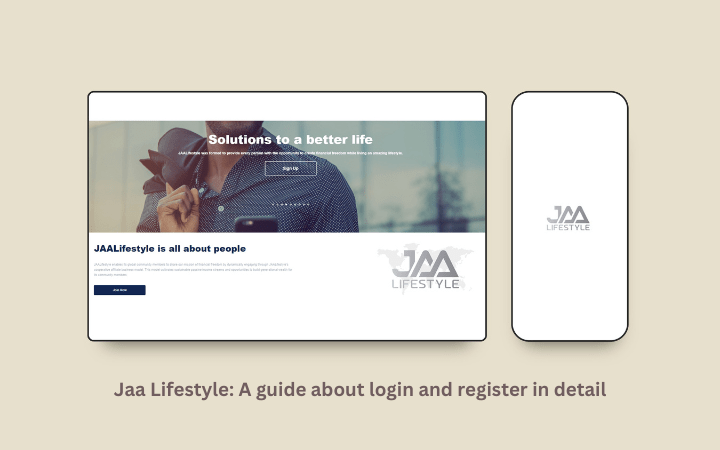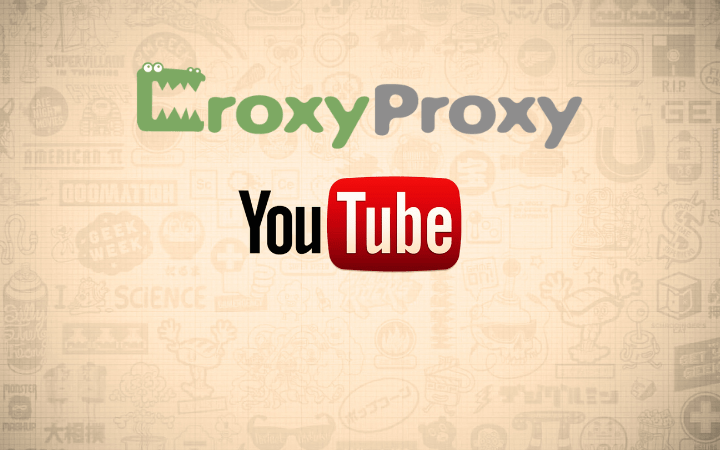This Is How A Good Content Marketing Plan Comes!

In and of itself, content marketing plan is an elegant marketing technique. Companies create a positive relationship with (potential) customers with entertaining, informative, or helpful content. For this approach to work, companies need a content marketing plan. This planning is ideally carried out step by step and should be precisely tailored to your own company’s needs. A good content marketing plan is divided into the following eight stages:
Determine Goals
The primary consideration for a content marketing plan is what goals it is supposed to achieve. One of them is usually the value that the company wants to create with disseminating content and the associated business model. Other possible goals range from return on investment to social signs and traffic. The foundation stone for the plan can be laid with two or three defined specifications. Also important: a realistic budget should be determined for the implementation of the content marketing plan. In this way, the costs and effects of the application can be effectively controlled.
Define The Target Group
The question of the target group is essentially connected with the alignment of the content marketing strategy. Who are the target groups for the content? It is essential to identify these groups of people as precisely as possible. What needs do these people have? How do you experience content relationships with a community or a brand? It is advisable not to summarize all persons uniformly but concentrate on several specific groups with unique characteristics. At the end of the process, different personas should have been defined, which can then be addressed in a targeted manner. The better organizations know their audience, the more effectively all plan stages can be aligned with them. On this basis, content can be determined to be as helpful as possible for the target groups and has a high value.
Tell The Brand Story
As part of the content marketing strategy, it determines which ideas and messages your brand should be communicated. It pays to focus on unique selling points compared to the competition. What distinguishes your brand from others? What are the strengths? These considerations form the basis for the content. To find out more about the brand essence, questions about establishing a business or one’s history are suitable. Reviewing the mission can also provide essential answers. These questions create a narrative about what defines your brand.
Select Content Types
To be successful, it is advisable to determine the types of content. There is a large selection of different formats.
- Good images play an essential role in marketing because they convey information quickly.
- Infographics are a particular variant. They offer the possibility to present data visually so clearly that they can surpass a purely literal representation.
- Texts can be used well in the form of blog posts. Valuable content that is of interest to readers is shared on social media channels or other websites.
- A well-crafted video usually gets a lot of response from viewers and is further shared.
- Another option to attract target groups is to use e-books. Companies can prepare helpful content or information in book form and offer customers a download for their contact information. This is how website owners get new leads.
- Another exciting variant is podcasts, which enable the user to listen comfortably and become increasingly popular.
The basic rule is that specially produced content is particularly suitable for it when it comes to content. Of course, you can also curate or distribute third-party content, but it will never contribute to your own goals in the same way as self-developed content.
Define Channels
As part of a channel strategy, it is determined which channels should distribute the content. These channels can be divided into online and offline. The costs for the individual tracks about the associated possible influence should also be considered. When selecting the channels, their respective range is also essential. From this point of view, paid media can be engaging, as the reach of your media, such as the website, is usually not that high at the beginning. The choice of channels also depends heavily on the content to be distributed. Videos can spread well in social networks such as Facebook or Snapchat; texts unfold, for example, as a native ad or sponsored posts on reputable websites have their most significant impact.
Set Publications
To ensure that the content is distributed regularly, it makes sense to create an editorial plan. The publication of topics can be set in advance for the selected days or periods. In this way, content management is achieved. Content can be completed in advance and published with a time delay. The editorial plan regulates the content production for the target groups so that the content is delivered in line with the decision-making or purchase process. Seasonal peculiarities (holidays or particular deadlines, events, etc.) can also be planned.
Create Content
Once it is clear which content types will be used and when it should also be decided how the content will be produced. What resources are available in the organization? Are texts purchased externally? Regardless of how the content is created, it should always be ensured that it fits your values, ideas, and messages.
Publish With System
It is essential to use a content management system that ensures easy handling of the content. Such a system offers users the advantage of displaying the content online without having to have programming knowledge. Numerous variants are shown on the market at different prices. Depending on the range of functions, CMS has advantages and disadvantages. It makes sense for website operators to estimate the need based on the plan and use these criteria when choosing the CMS. These systems have functions such as the creation and maintenance of content and its analysis. Other useful options include a picture gallery, a comment function, and registration for newsletters.
Conclusion: Manage Content Effectively With The Content Marketing Plan
A content marketing plan is a handy tool to publish your content and reach the previously defined target groups. Although it takes a certain amount of effort to create a strategy for your brand, the detailed approach from target definition to content publication pays off. With an individual plan, all activities can be managed effectively. Employees have a practicable tool for implementation. And should developments arise after a while that requires adjustment, can the program be readjusted at any time.
Also Read: Better Online Presence In Just One Week: 7 Measures For Every Business






